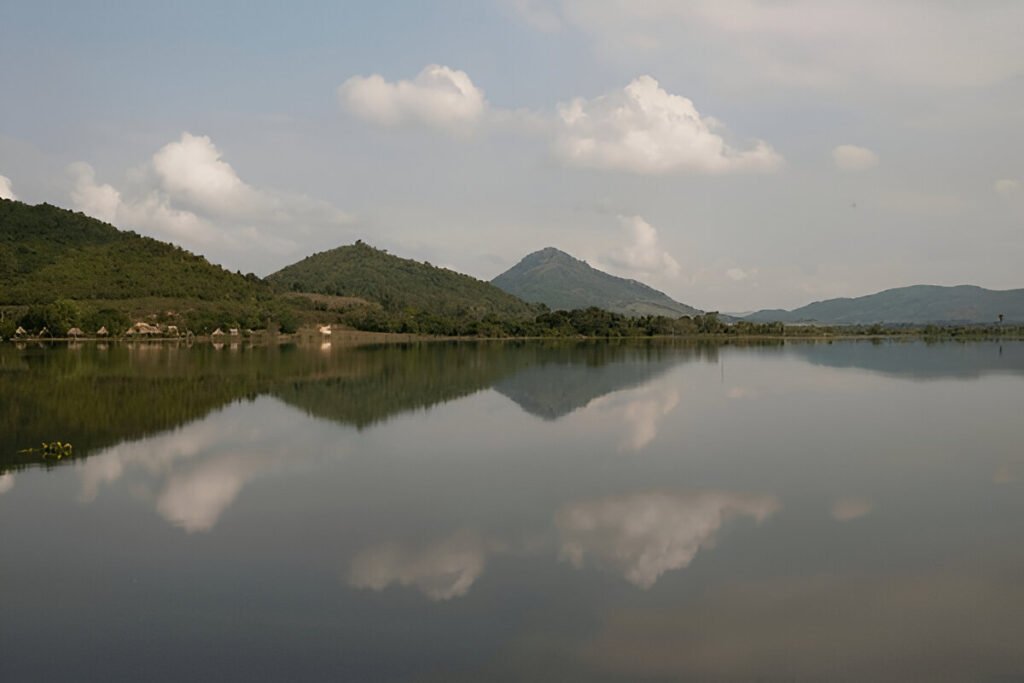Introduction:
Deep in the heart of Saga prefecture, lies a gem that has been illuminating Japan’s culture for over four centuries – the Arita Porcelain Park. A quintessential example of the rich cultural heritage of Japan, this park is the embodiment of the country’s ancient porcelain craft. A must-see destination for history buffs, craft enthusiasts, and anyone who appreciates beauty, the Arita Porcelain Park showcases the unparalleled elegance and craftsmanship of Japanese artisans, with history etched in every facet.
Unearthing the Rich Heritage of Arita Porcelain Art
Arita Porcelain, also known as Arita-yaki, dates back to the early 17th century, when the raw materials for porcelain production were discovered in Arita. This marked the beginning of Japan’s first domestically-produced porcelain, thus Arita Porcelain Park stands as a testament to the birthplace of Japanese porcelain art. It encapsulates the rich history and evolution of this craft and serves as a significant symbol of Japanese culture and heritage. Here, one can witness how the intricate porcelain pieces, which range from vibrant, colorful designs to pure white simplicity, are crafted with meticulousness and devotion.
The Arita Porcelain Park is not just a park; it is a living museum. The park houses a replica of the historic Zwinger Palace of Germany, which is itself a testament to the longstanding relationship between European and Japanese porcelain industries that began in the 17th century. The palace displays an extensive range of porcelain pieces – both ancient and modern, Japanese and European – each telling a unique story of cultural exchange and mutual admiration.
Walking Through Arita Porcelain Park: A Journey into Saga’s Craftsmanship
A visit to the Arita Porcelain Park is like stepping into a time machine. You begin in the present-day and gradually meander through the centuries, experiencing the evolution of Arita porcelain art with every step. You can explore the ceramic workshops and witness artists at work, creating beautiful pieces of porcelain with their skilled hands. This is a unique chance to understand the intricacies of porcelain-making, from molding delicate clay to painting intricate designs – a process that can take several days to complete.
In addition to the workshops, the park hosts a variety of exhibitions showcasing a range of Arita porcelain. These exhibitions change periodically, offering a fresh look at the dynamic and evolving world of Japanese porcelain art. You can also visit the on-site shop, which sells Arita porcelain products – a perfect souvenir to remember this journey into Japan’s porcelain heritage.
Conclusion:
The Arita Porcelain Park isn’t just a place; it’s an experience – a journey through time that paints a vivid picture of Japan’s rich cultural heritage and the persistent dedication of its artisans. Whether you’re a history enthusiast, a lover of crafts, or a casual traveler drawn to the allure of beauty, a visit to Arita Porcelain Park is a delightful dive into an art form that defines Japan’s cultural identity. There’s an ineffable magic in the air – one that leaves a lasting impression and invites you to revisit this serene sanctuary of art and culture.
Description of the Attraction:
The Arita Porcelain Park, spread over a spacious area, houses various attractions. The centerpiece is the replica of the magnificent Zwinger Palace of Dresden, Germany, which is home to an elaborate display of porcelain. The extensive garden surrounding the palace is filled with exquisite sculptures and a serene pond that perfectly complements the majestic architecture. The park also houses a traditional Japanese kiln, where the porcelain is fired.
Arita’s local culture is deeply rooted in porcelain craft. In fact, Arita-yaki, the traditional porcelain of Arita, has been designated as a traditional craft of Japan. The park showcases this local tradition through various workshops and exhibitions.
Things to Do:
Visitors can explore the Zwinger Palace and its vast collection of porcelain artifacts. They can also participate in pottery classes and experience porcelain making firsthand. The park also hosts various events and exhibitions throughout the year, showcasing different styles and periods of porcelain art.
Local Tips:
The best time to visit the Arita Porcelain Park is during the Arita Porcelain Fair, which takes place annually from late April to early May. Visitors should wear comfortable shoes as there is a lot of walking around the park. It’s also a good idea to bring a camera to capture the beautiful scenery.
How to Get There:
The Arita Porcelain Park is a 10-minute taxi-ride away from the Arita Station, which is a stop on the JR Kyushu Line. From Fukuoka, it’s a roughly 90-minute journey by train.
Nearby Attractions:
In addition to visiting the Arita Porcelain Park, visitors can explore the Arita Ceramic Art Museum and the Arita and Imari ware Traditional Crafts Center, both providing further insight into Arita’s porcelain history and craft.





